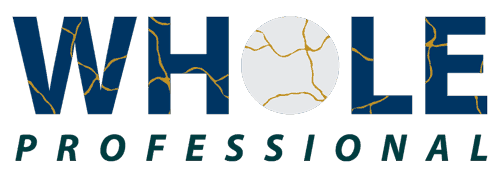Zoom Exhaustion is Really a Thing: How to Stay Connected
In light of COVID-19, many of us made a rapid transition to an online platform in order to be able to continue to work and conduct business. While great to be able to rely on these tools, it is not without its own set of challenges.
When we are in an online meeting, we are hyper-focused on the few available visual cues that we normally gather from a full range of available body language in person. Or we may be totally distracted and checking email while we are supposed to be conversing or listening intently to a colleague’s detailed presentation. If we are with several people online at the same time, we are simultaneously processing visual cues from all of those people—and perhaps a handful of their pets and children too—in a way we never have to do around a conference table. It is a stimulus-rich environment, which can be exhausting.
When we start to be over-stimulated by extraneous data that we haven’t had to process in the physical world, each new data point pushes us just a little bit farther away from the human-to-human connection that we all crave and appreciate. Italian management professor Gianpiero Petriglieri recently tweeted “It’s easier being in each other’s [physical] presence, or in each other’s absence, than in the constant presence of each other’s absence.”
Is there some way to ease the burden of this “disconnected connection” and allow us all to foster a better balance of connection?
Ways to Manage Zoom to Find Balance and Connection
Some suggestions for you to consider when you find yourself on many Zoom calls with all manner of people looking to connect in various ways:
Take a few moments before clicking “Join Meeting” to settle to ground your attention. Take a few breaths, feel your body on the chair, notice whatever is present in your mind and allow yourself to arrive fully to the moment at-hand. If you are feeling unsettled or preoccupied, you might place your hand on your heart in a supportive and comforting way as if to say “I am here for you. It is okay to feel how you feel at this moment.”
Take the time to truly notice and greet whomever is in the room with your full attention. Focusyour attention to each face that appears if the group is not too big. Give yourself a moment for each person to make an impression on you, and take in the interpersonal connection. Give yourself an opportunity to feel what it feels like to be in the presence of another.
Choose “speaker view.” In Zoom, one can choose Speaker View or Gallery View. The benefit of choosing Speaker View is so that the person who is speaking has more of your attention and the others are more peripheral. This seems to be more like sitting around a conference table where we are aware of everyone present while we direct our attention primarily to whoever is speaking. Tracking an array of 24, or more, faces on the screen can be a challenge as your eyes search for the person who is actually speaking.
Resist the urge to multitask. It is tempting to think that multi-tasking on a Zoom call is a good idea. But this requires putting additional effort into attending to yet another thing. Letting go of a bit of effort and letting your attention rest more lightly on what, and who, are before you eases some of the stress.
Try to take measured breaks between sessions. Quite often Zoom meetings seem to run back to back and that, too, can be exhausting. Taking better care of your attention and energy is important. Take a break and refresh.
Remind yourself periodically that this is a new place between presence and absence that we will have to learn how to accommodate as we go forward into an uncertain future. It is both better than absence (imagine life in a pandemic without FaceTime, Zoom, Skype and the rest) and not quite as resonant as presence (do we know if mirror neurons still function over the internet like they do in person?). Refraining from high expectations without dismissing the clear benefits of online communication may be the best course of action.
